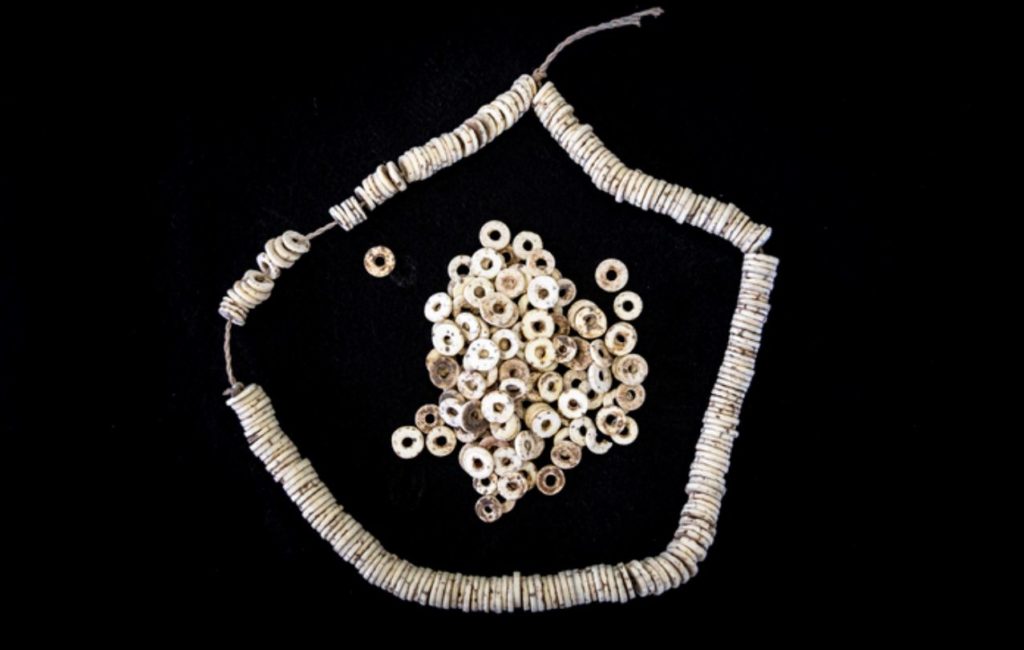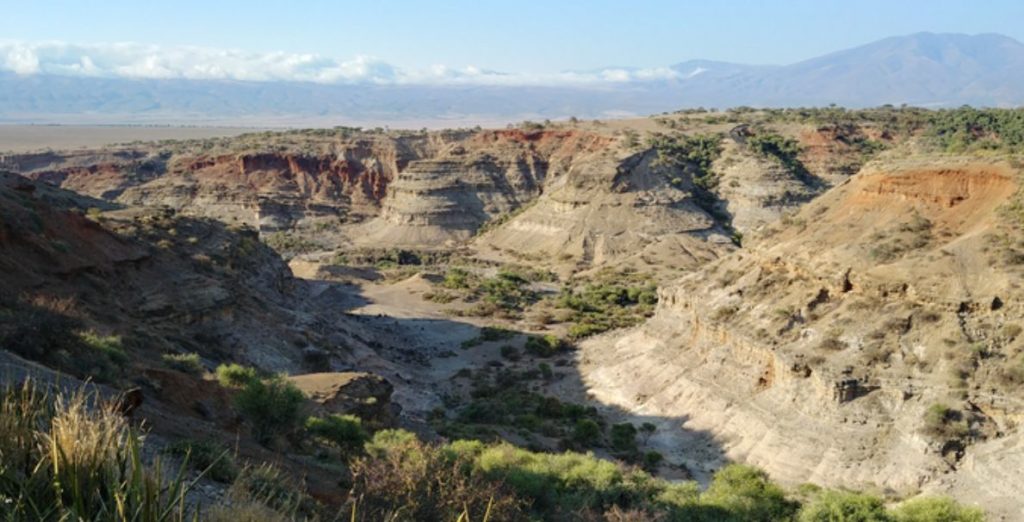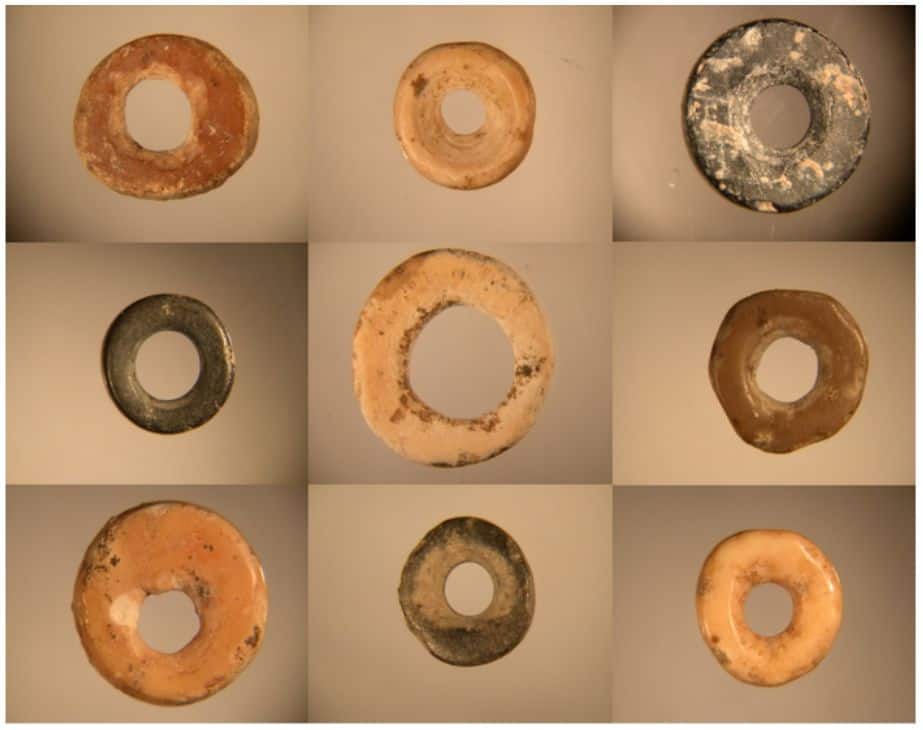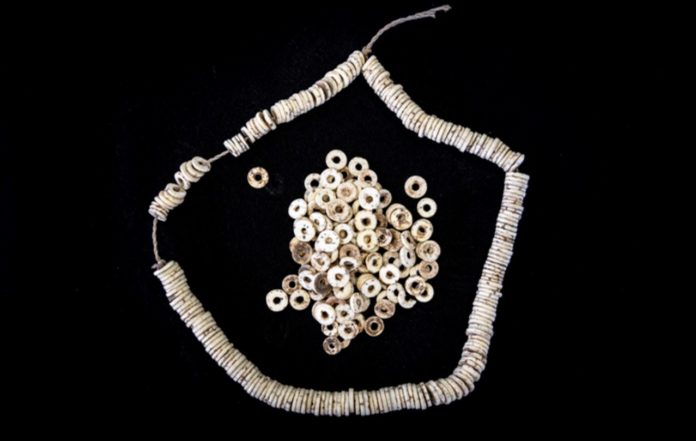Despite the fact that humans are social beings, little is known about the circumstances under which, how, and why distinct people came together in the past. Answering these questions is critical to understanding today’s biological and cultural diversity.
DNA can examine genetic links between groups, but not cultural exchanges within ancient meets.
Now, the Max Planck Institute for the Science of Human History has resorted to an unlikely source of information—ostrich eggshell beads—in order to throw light on ancient social networks, and the results are fascinating.
Drs. Jennifer Miller and Yiming Wang report 50,000 years of population connectivity and isolation in southern and eastern Africa, which was driven by changing rainfall patterns, in a new study published in Nature.
In order to better understand ancient social ties, ostrich eggshell (OES) beads are appropriate artifacts. They are the world’s oldest wholly crafted decorations, meaning people completely altered the shells to make beads. This wide structuring allows for style variants. Because different cultures generated different styles of beads, researchers can use them to trace cultural relationships.
“It’s like following a trail of breadcrumbs,” according to Miller, the lead author. “The beads are clues, scattered across time and space, just waiting to be noticed.”

Miller and Wang built the world’s largest database of ostrich eggshell beads to look for population connections. In total, over 1500 beads from 31 locations across southern and eastern Africa have been studied for over 50,000 years. This data collection took almost a decade.
They discovered that between 50,000 and 33,000 years ago, people in eastern and southern Africa used essentially identical OES beads. The discovery shows a 3,000 km long social network originally linked the two areas.

“The result is surprising, but the pattern is clear,” says Wang, co-corresponding author of the study. “Throughout the 50,000 years we examined, this is the only time period that the bead characteristics are the same.”
This eastern-southern connection dates from 50-33,000 years ago, and it correlates with a particularly rainy period in eastern Africa. However, the regional network vanished 33,000 years ago, perhaps due to a severe worldwide temperature change. During the same period, the tropical rain belt moved southward, reducing rainfall in eastern Africa. This increased rain in the Zambezi River watershed, periodically flooding riverbanks and possibly disrupting regional social networks.
“Through this combination of paleoenvironmental proxies, climate models, and archaeological data, we can see the connection between climate change and cultural behavior,” adds Wang.
These findings tell a 50,000-year chronicle of human ties and the climate shifts that drove people apart. The data also sheds light on differing social strategies across eastern and southern Africa by tracking bead use over time. These regional reactions demonstrate human adaptability and reveal that our species has multiple paths to success.

“These tiny beads have the power to reveal big stories about our past,” says Miller. “We encourage other researchers to build upon this database, and continue exploring evidence for cultural connection in new regions.”
Source: 10.1038/s41586-021-04227-2
Image Credit: JENNIFER MILLER
You were reading: Ostrich eggshell beads uncover 50,000-year-old big stories about our past
